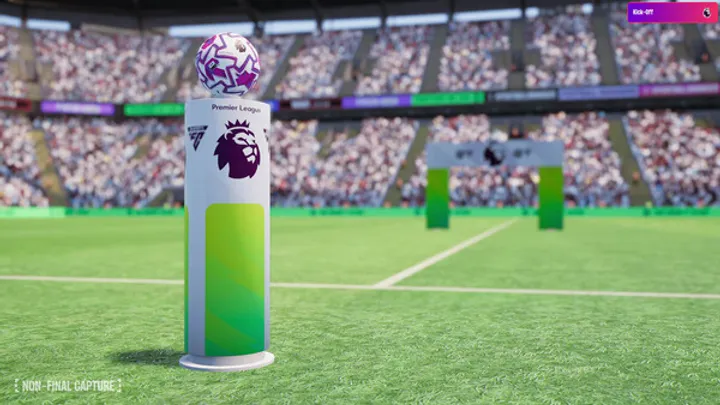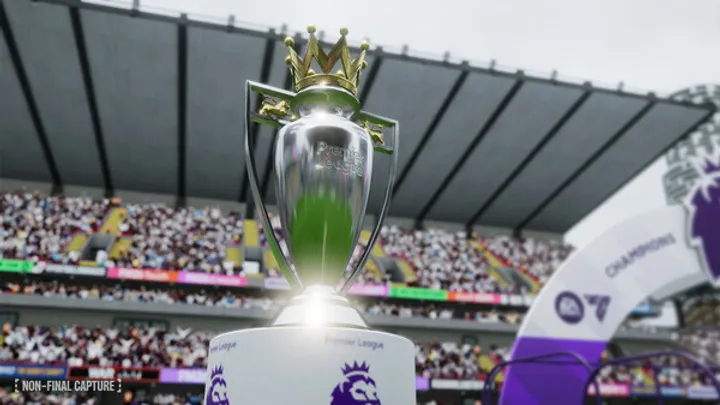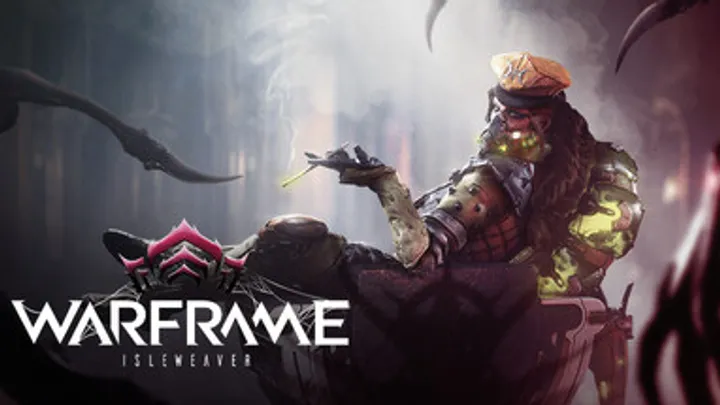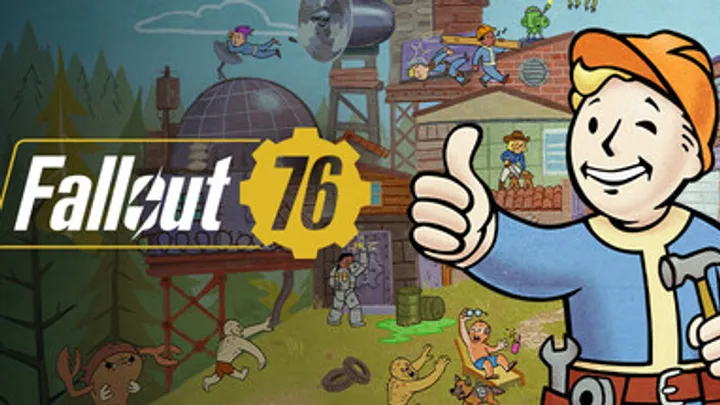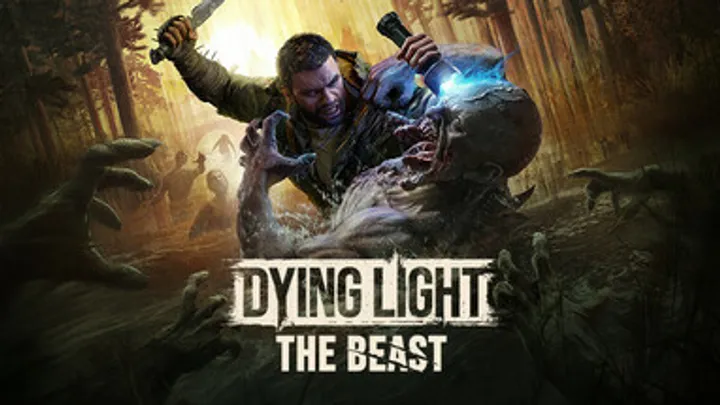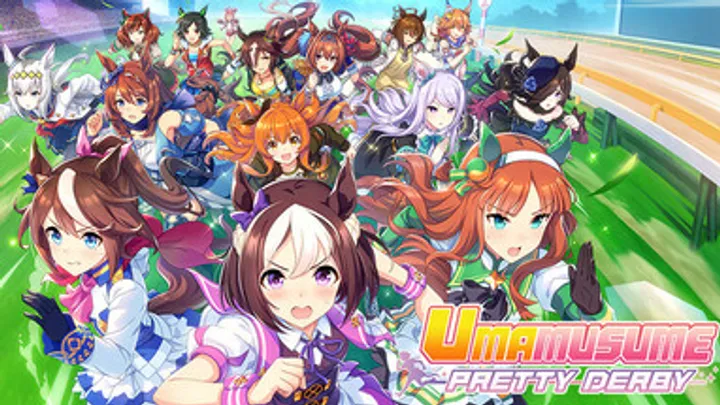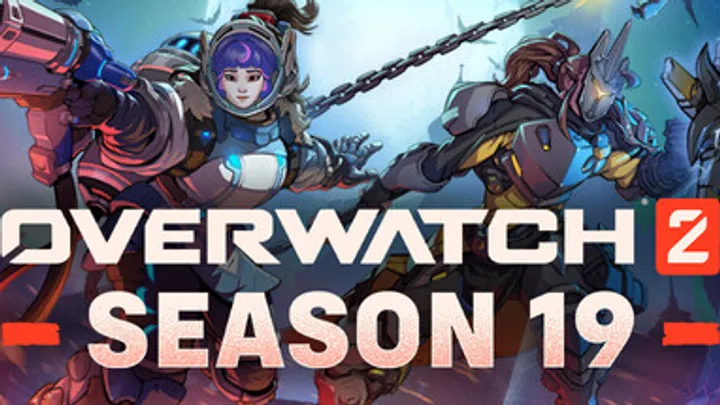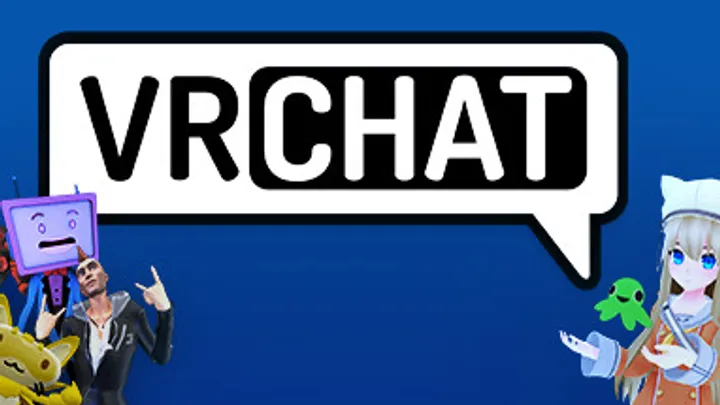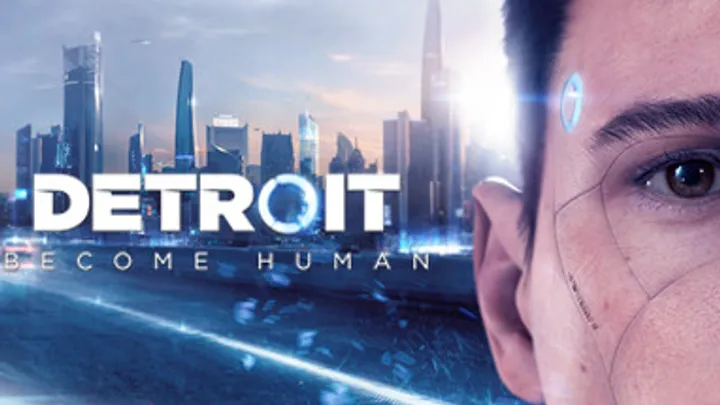Overwatch® 2 is a team-based first-person shooter where strategy, communication, and hero mastery are key to success. Unlike traditional shooters, Overwatch® 2 emphasizes teamwork, hero synergy, and objective-based gameplay. Players must choose from a diverse roster of heroes, each with unique abilities, roles, and playstyles, to secure victory in modes such as Control, Escort, Hybrid, and Push. This guide will provide step-by-step strategies to help beginners and experienced players alike improve gameplay, coordinate with teams, and master the dynamic mechanics of Overwatch® 2.
Understanding Hero Roles
Overwatch® 2 divides heroes into three main roles: Damage, Tank, and Support.
Damage Heroes:
- Focus on eliminating enemies quickly.
- Examples: Tracer, Cassidy, Sojourn.
- Tips: Prioritize high-value targets and learn mobility options to avoid damage.
Tank Heroes:
- Lead the team’s front line and control space.
- Examples: Reinhardt, Winston, Ramattra.
- Tips: Positioning is key; shield teammates effectively and absorb incoming damage.
Support Heroes:
- Heal, buff, and protect teammates.
- Examples: Kiriko, Ana, Lucio.
- Tips: Maintain awareness of allies’ health and ultimate availability; survival is vital.
Strategy: Learn at least one hero per role to adapt to team composition needs.
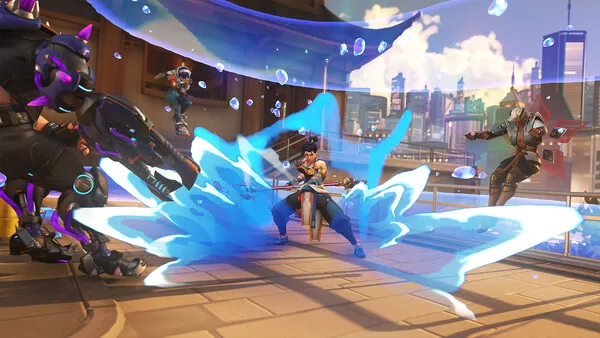
Mastering Maps and Objectives
Map knowledge is essential for strategic play.
Tips:
- Learn key choke points, high ground, and flank routes for each map.
- Understand objective timers and respawn locations.
- Use natural cover and environmental hazards to your advantage.
Advanced: Plan ultimate combos around map layout for maximum team impact.
Communication and Team Coordination
Overwatch® 2 relies heavily on teamwork.
Tips:
- Use voice or text chat for callouts like “enemy ultimate ready” or “group push.”
- Coordinate ultimate abilities for maximum effect (e.g., Reinhardt’s Earthshatter followed by Mei’s Blizzard).
- Stick with your team; lone-wolf plays often fail against organized groups.
Advanced Strategy: Synchronize with supports to create safe engagement windows and bait enemy ultimates.
Hero Abilities and Combos
Each hero has a set of unique abilities that can be combined with others.
Tips:
- Practice ability timing in training range.
- Combine damage-dealing abilities with crowd control or area-of-effect ultimates.
- Pay attention to ability cooldowns and energy/resource management.
Example Combo:
- Zarya’s Graviton Surge + Hanzo’s Dragonstrike or Cassidy’s Deadeye for team wipes.
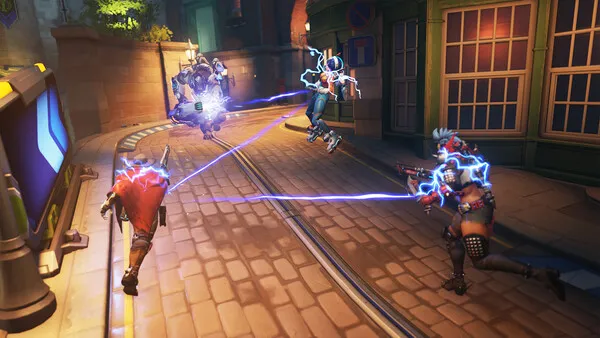
Ultimate Management
Proper ultimate usage often determines the outcome of a round.
Tips:
- Track both allies’ and enemies’ ultimate charge.
- Avoid using ultimates alone; combine with team abilities for maximum efficiency.
- Delay ultimates strategically when anticipating enemy movement.
Advanced: Ultimate economy and timing can turn the tide even when behind in kills or map control.
Positioning and Movement
Effective positioning is critical for all roles.
Tips:
- Tanks: Hold choke points and protect high-value teammates.
- Damage: Use flanks to pressure supports or isolate targets.
- Support: Stay behind tanks and use cover while healing.
Advanced: Learn map-specific rotations and high-ground advantages to increase survival and damage output.
Adaptation and Counterplay
Adaptability is essential against skilled opponents.
Tips:
- Switch heroes to counter enemy composition.
- Focus fire on high-threat targets.
- Learn to predict enemy ultimates and avoid unnecessary deaths.
Advanced Strategy: Analyze patterns in enemy behavior during rounds and adjust hero and strategy selection dynamically.
Team Synergy and Composition
Winning requires more than individual skill; composition matters.
Tips:
- Balance roles: 2-2-2 or flexible compositions depending on the map.
- Ensure damage heroes can reach objectives while tanks and supports protect them.
- Communicate composition changes mid-game to adapt to enemy strategy.
Advanced: Coordinate hero swaps during respawn to maintain optimal composition at all times.
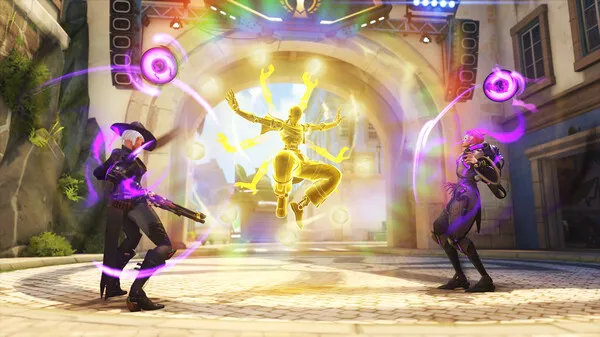
Training and Skill Improvement
Continuous practice is the key to mastery.
Tips:
- Spend time in training range mastering aim and reflexes.
- Watch professional play for positioning, ult management, and hero synergy.
- Participate in custom games to practice combos and team coordination.
Advanced: Track your stats using Overwatch® 2 analytics tools to identify strengths and weaknesses.
Conclusion
Mastering Overwatch® 2 requires a combination of hero knowledge, map awareness, team communication, and adaptability. By understanding roles, practicing abilities, coordinating ultimates, and analyzing gameplay, players can improve consistently and contribute effectively to their team’s success.
Success comes from patience, strategic thinking, and continuous practice. Players who combine individual skill with teamwork will thrive in both casual matches and competitive ranked play.








